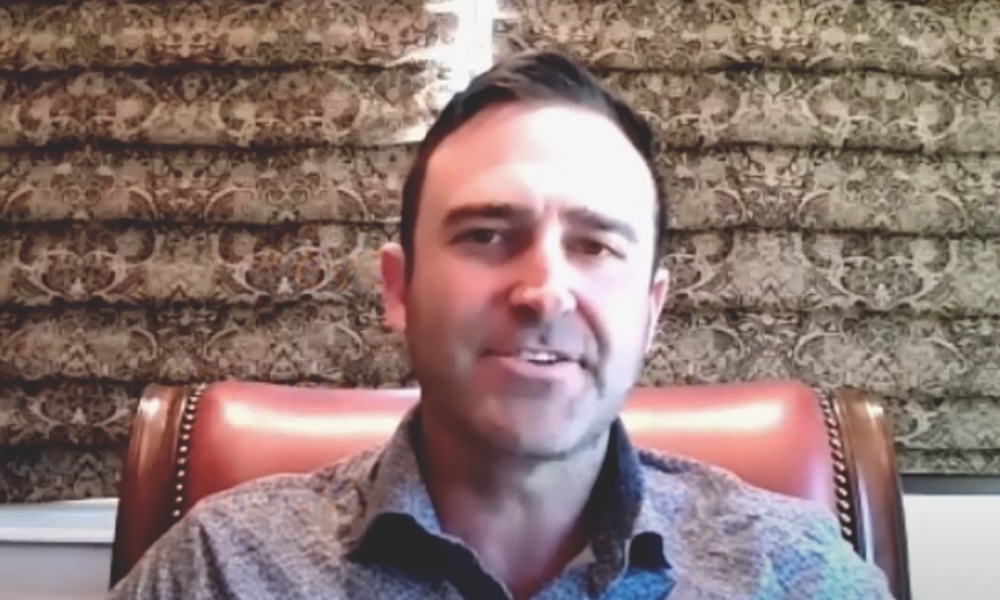A higher education institution in the American Midwest relies on Everbridge to contact their staff, students, and faculty during emergencies. With 17 colleges and universities in their remit, complex and manual processes need to be avoided during critical events, and with Everbridge they’ve found a streamlined solution that meets their needs.
At Everbridge, we understand that trust forms the bedrock of a robust and agile organization. In our latest Perspective in Resilience, esteemed Chief Trust Officer, Jeremy Capell, discusses the importance of maintaining transparency for nurturing potent bonds with employees, customers, and stakeholders. He dives into explaining how to cultivate an environment of candor within an organization, manage emergencies with honesty, and importantly, keep trust as the guiding principle in all operations.
Digital Operations underpin the resilience of contemporary businesses. Esteemed Chief Marketing Officer at Everbridge, David Alexander, delves into the crux of this concept in this video. He discusses the role of automation, AI, and cross-disciplinary teamwork in equipping organizations to minimize downtime, optimize responses, and maintain seamless operations. David underscores the fact that Digital Operations transcends mere IT functionalities—it is indeed a pivotal strategy for securing long-term business success.
APL Logistics, a global leader in supply chain solutions, partnered with Everbridge to enhance risk management and business continuity. By implementing the Critical Event Management (CEM) platform, including Visual Command Center (VCC) and Mass Notification, APL Logistics reduced incident response time from two hours to minutes, improved communication, and ensured seamless crisis response. Automated processes replaced manual efforts, enabling faster decision-making and greater operational resilience. Expanding its use of Everbridge solutions with BC in the Cloud, APL Logistics established a standardized, scalable approach to proactively managing global risks, ensuring uninterrupted service and customer satisfaction.

